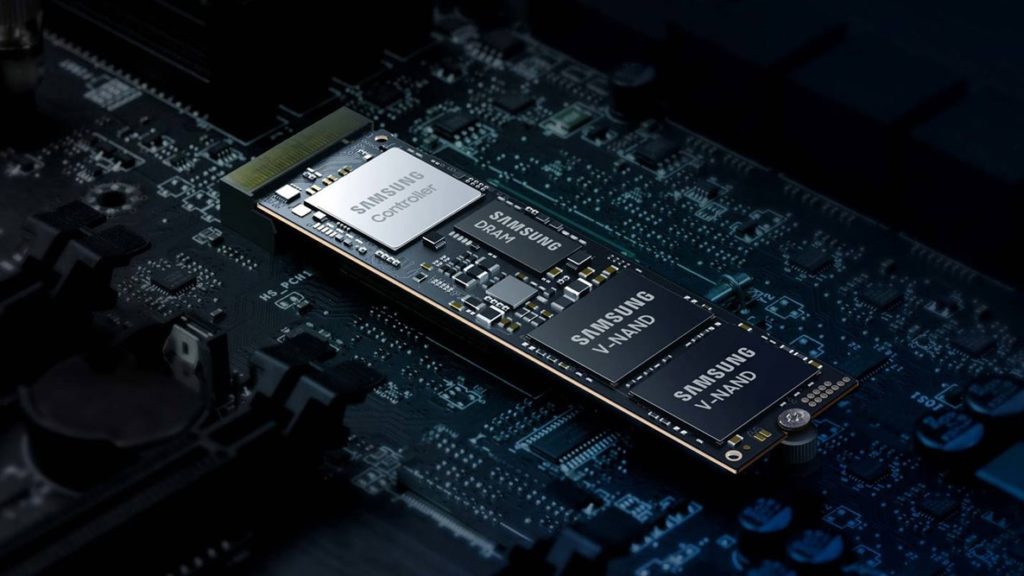
The writing has been on the wall for some time that DRAM prices would hit epic high levels, and they are expected to keep increasing. There’s no immediate end in sight for those hoping to see DRAM prices stabilize, as Q3 25 contract prices reportedly (via CTEE) increased by 171.8% year-on-year. Murmurings from within the industry began circulating that DDR5 shortages were on the horizon, which led to some manufacturers clinging to DDR4 to offset rising costs, and now, according to multiple reports from DigiTimes, every sector of the industry is feeling the effects of these conditions.
It’s been said that some memory module manufacturers “can’t buy even if they have the money” and are scrambling to get locked-in contracts in place to secure future orders. However, even this strategy doesn’t help when cloud service providers have reported that they presently are only able to get an order fulfillment rate of only 70%. Add in that DDR5 prices for 16 GB modules have reportedly risen from ~$8 in September to $13 in October, and the picture gets even bleaker. On the enterprise side of things, SSD costs rose upwards of 35% last month, with RDIMM prices surpassing previous estimates to reach 50% increases.
ADATA exec Chen Li-bai has been very vocal regarding current conditions and poignant in expressing how AI is at the crux of these shortages and staggering price increases. He predicts that we’re still in the beginning of this phase, which will see increased momentum in Q4 25 reports and reach a severe global shortage level in 2026, and will impact everything from DDR5 to flash memory and even HDD pricing. Phison CEO Pua Khein-Seng recently said (per CommonWealth Magazine Taiwan, via Tom’s Hardware) that he expects NAND shortages to last for a decade, but largely attributes that to recent investment strategies coupled with the needs of the maturing AI sector demands. He adds that the splurge on GPUs for AI training will then lead to other needs for storage.
“In my view, those multi-billion-dollar capex plans by cloud providers won’t be entirely bet on GPUs; an even greater share will go into storage. To make money, you need users. Users create data. Data needs to be stored. Which means data centers must expand storage for the next decade. After all, a data center’s core function is storage.”
– Pua Khein-Seng, CEO of Phison Electronics Corporation
